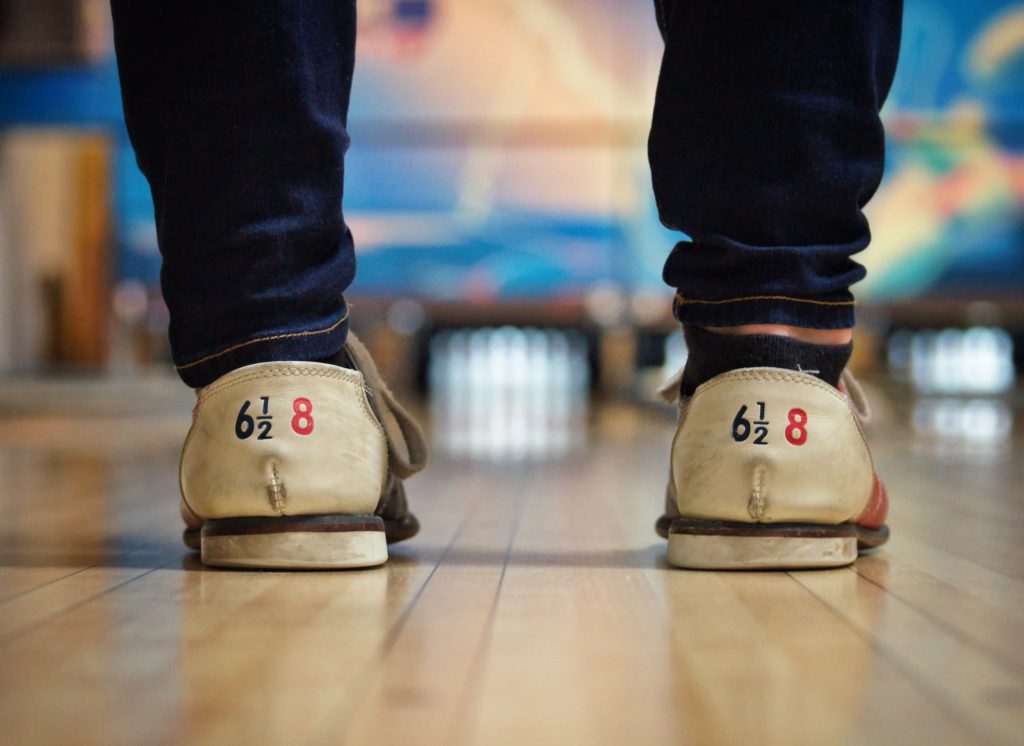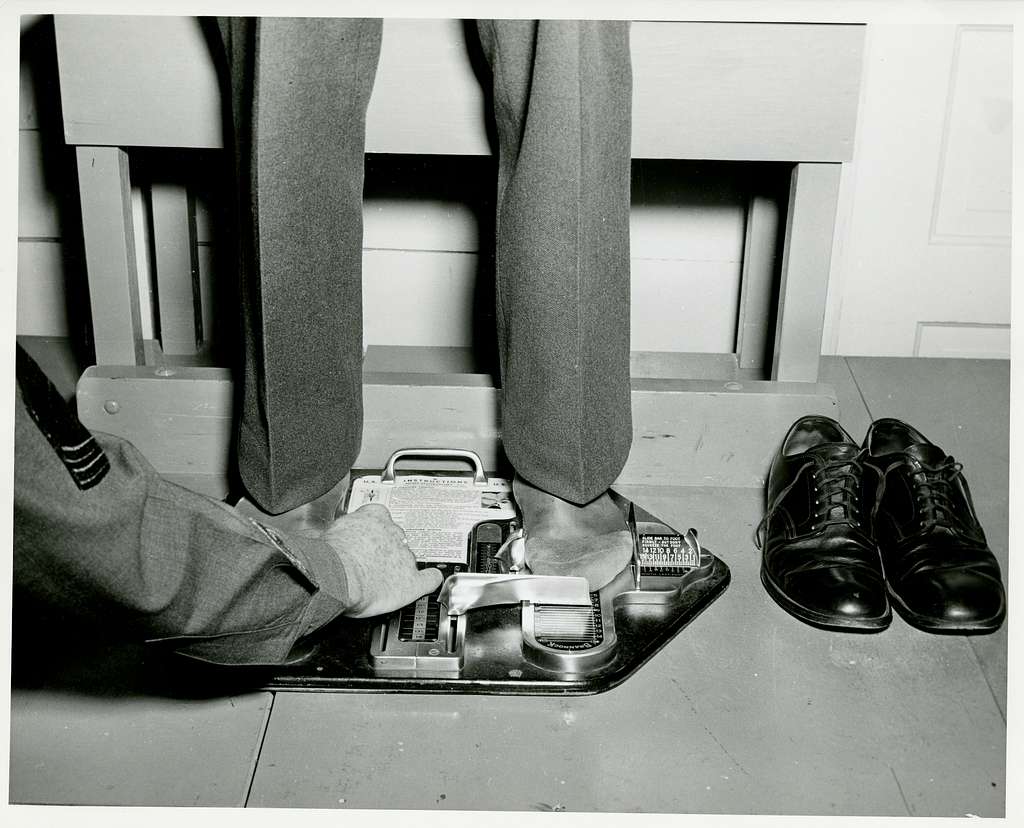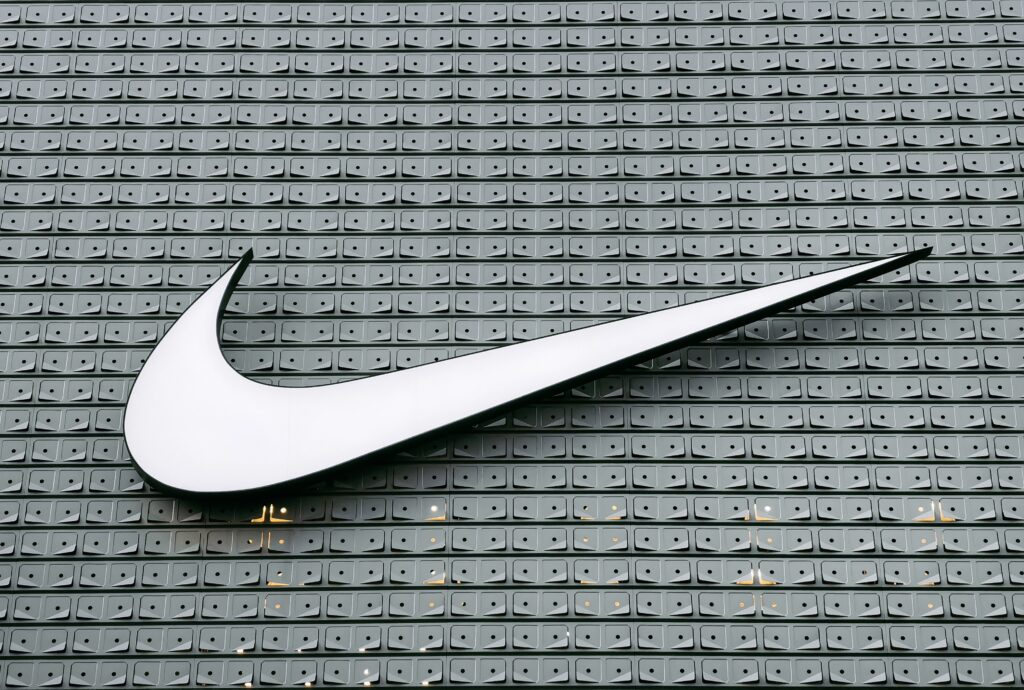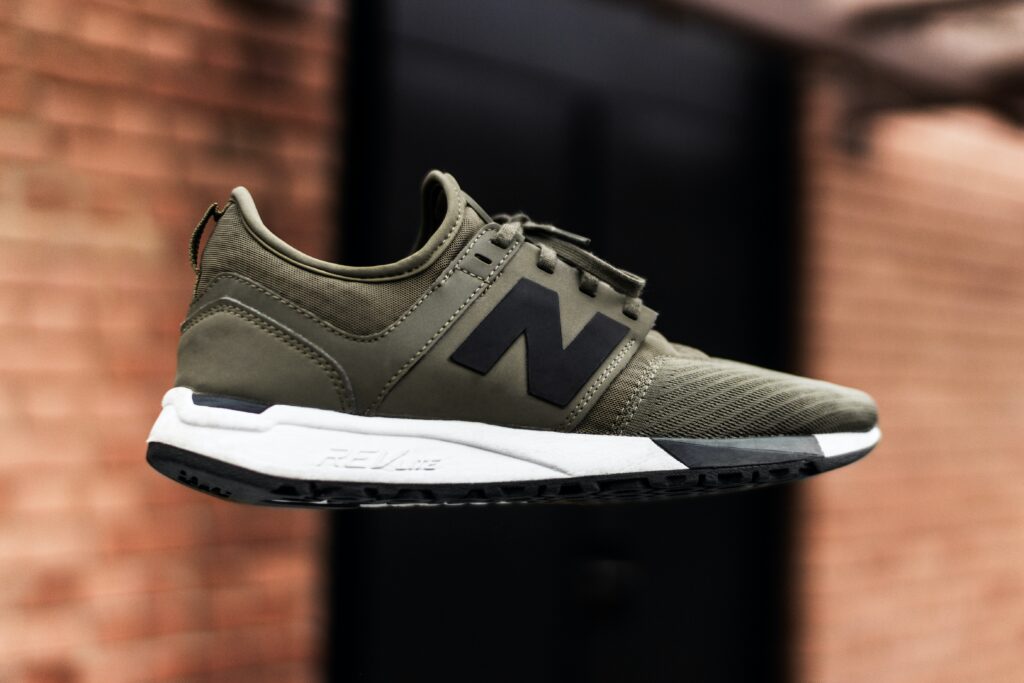When it comes to shoe sizes, many people wonder what the biggest size is. Some people might think that the biggest shoe size is a certain number, but the truth is that it can vary depending on different factors.
In this blog post, we will explore what the biggest shoe size is, where you can find shoes in larger sizes, and some tips for finding the best fit for your feet.
What is the largest recorded shoe size in history?
The person who holds the record for the world’s largest feet is a man named Robert Wadlow. He was born in 1918, and when he passed away at the age of 22, he stood at a towering 8 feet 11 inches tall. Robert had a shoe size of 37AA, equivalent to 18.5 inches or 47 centimeters in length.
To put it in perspective, an average men’s shoe size is around 10.5, and the largest shoe size that stores usually carry is 13. Robert’s feet were so large that he had to specially make shoes for himself, and he could only make around two steps each second.
People with large foot sizes often face difficulties when it comes to finding shoes that fit comfortably. In Robert’s case, his feet continued expanding, and he had to wear metal braces on his legs to support his body weight. He also faced many challenges with everyday activities like sitting, driving vehicles, or sleeping. He could not travel much and required assistance with everyday tasks that most people take for granted.
While Robert was unique, he is not the only one with a remarkable shoe size. In 2019 Jeison Orlando Rodriguez Hernandez holds the new world Guinness record for the person with the largest feet on earth. His shoe size is also 26, but his feet measure lengthwise 40 centimeters. The Venezuelan man is 7ft 3ins tall and wears a size 26 in shoes. He says his feet have always been this big, making walking difficult.
It is essential to find supportive, comfortable, and sturdy shoes that fit properly and provide excellent cushioning, especially if you have an unusual or larger foot size. Companies such as Nike and New Balance carry larger shoe sizes, but it can still be challenging to find the right fit for people with unique foot shapes.
Has there been a recent record-breaking shoe size?

Let us set foot on the first fascinating fact about shoe sizes – men’s shoe sizes are different from women’s sizes. Men’s shoe sizes are often larger than women’s sizes, with the difference between men and women’s sizes ranging from one to two sizes. This means that a men’s size 9 shoe is equivalent to a women’s size 11 shoe. Understanding the shoe size scale, let us now move to the recent record-breaking shoe size.
The current holder of the world’s largest shoe size is Jeison Orlando Rodriguez Hernandez, a man from Venezuela. Rodriguez’s shoe size is 26 (US size). It measures 40 centimeters (15.7 inches) in length and 18 centimeters (7.08 inches) in width. Rodriguez’s shoe size surpassed the previous holder Sultan Kösen of Turkey, whose shoe size is 25.5 (US size). Rodriguez’s shoe size is approaching that of the largest-ever documented shoe size that measured 47 centimeters.
Rodriguez stands tall at 7 feet 3 inches, and his feet are proportionate to his incredible height. His shoe size can be attributed to a condition called acromegaly, a rare hormonal disorder caused by an excess of growth hormone. The excess hormones produce symptoms such as growing larger feet, hands, and facial features, among other effects.
Another interesting fact about the relationship between height and shoe size is that taller people tend to have bigger feet. However, this may not always be true as factors such as genetics, nutrition, and gender also play a role in determining a person’s shoe size. Nonetheless, most people believe that the taller the person, the bigger the shoe size.
It is not just men who hold the record for large shoe sizes, though. Women also have their share of exceptional foot size. For instance, Yao Defen from China holds the record for the world’s largest feet. Yao’s feet measure 40 centimeters, which is equivalent to a US size 22 shoe. Yao suffered from gigantism, which caused her to grow abnormally large feet.
Is there a limit to how large a shoe size can be produced?

To answer the question, it is best to understand how shoes are produced and what limits the size they can come in. Shoes are manufactured using lasts, which are molds that reflect the shape and size of a foot. Once a manufacturer determines which size and shape of lasts to use, the shoe can be produced in that specific size. However, the size of the last can also determine the size of the shoe that can be produced. Lasts are typically made of wood, and creating a mold of an extra-large foot can be quite challenging. Hence, some manufacturers may not produce shoes past certain sizes.
Another factor that can limit the size of shoes produced is the materials used. The size of the shoe may affect the durability of the materials used to make the shoe, especially if the shoe is too heavy or cumbersome. Therefore, manufacturers may be limited to using strong but lightweight materials to ensure that the shoe can withstand pressure. Also, if the size of the shoe is too large, the materials used may become more expensive, making the shoe more expensive for the consumer.
The cost of producing shoes above certain sizes is a crucial factor that can also limit the size of shoes produced. In many cases, producing shoes in extra-large sizes can be incredibly expensive, making it uneconomical for manufacturers to produce them. Materials may need to be specially acquired or customized, and the manufacturing process may need to be more specialized, thus increasing the cost of production. As such, manufacturers may only produce shoes up to a specific size to keep the costs of production low.
Many manufacturers limit the size of shoes produced to standard sizes, ranging from small to extra-large. The European Union and the United States have set ranges of shoe sizes that most manufacturers adhere to. The United States uses the Brannock Device system to measure shoe sizes, while the European Union uses the Mondopoint system for measuring shoe sizes. Shoemakers typically produce shoes in sizes ranging from size 5 to size 13 for women and from size 7 to size 16 for men.
Who holds the title for the largest shoe size in the world?

Jeison Orlando Rodriguez Hernandez, a Venezuelan man, holds the record for having the largest feet in the world. This incredible man comes from the small town of Maracay in the state of Aragua, and he was born on 10 May 1986. As per the Guinness World Records, Jeison’s feet are over 14 inches long. To give you an idea of how big that is, his shoes are roughly the size of a small toddler.
Jeison’s extraordinary shoe size is due to acromegaly, a condition that causes excessive production of growth hormones. It causes the growth of bones, tissues, and organs, leading to an abnormal increase in the size of the body parts. Despite the medical condition, Jeison remains optimistic and continues to be active in his everyday life.
Finding the perfect shoes for Jeison has never been easy. It can take a long time, energy, and patience to find a shoe that fits him properly. Many footwear manufacturers are unwilling or unable to make shoes that fit Jeison’s feet, most of which are handmade to meet his needs. Although Jeison commands a lot of attention due to his enormous feet, he remains humble and tries to live a normal life.
Jeison has gained considerable attention on social media due to his incredible story and is considered one of Maracay’s community celebrities. He has used his platform to inspire and spread positivity to those around him. He encourages others to embrace their differences and never let anything hold them back.
How do extreme shoe sizes affect the shoe manufacturing industry?

Foot size extremes can prevent many people from finding the perfect pair of shoes. Many shoe stores and brands stock sizes between 5 to 10, and few shoe manufacturers make shoes below a 5 or above a 10. This lack of variety poses a problem for those with exceptionally small or large feet, even if they happen to have a standard length. In the United States, shoe sizes are standardized by the Brannock Device, which doesn’t account for all the variations in foot shapes and sizes. Manufacturers that create shoes for different markets, such as those in sportswear and medical wear, use custom sizing tools to make sure they cater to the needs of their high-growth customers.
For those with smaller feet, sophisticated imaging and 3D-printing have improved the design and manufacturing of custom footwear. Production teams can evaluate individual feet through digital imaging and produce shoes that fit precisely. Additionally, companies can use 3D imaging technology to help streamline manufacturing. These companies can simply generate 3D images of the desired item, modify the design if needed and 3D-print a sample for testing, review and modification. This process significantly cuts down lead times and saves on costs.
To accommodate people with larger feet, shoe manufacturers must expand manufacturing processes that suit bigger shoes. Often, this requires a combination of materials and designs to provide the perfect fit without compromising on style. Some shoe manufacturers utilize computer-aided design and manufacturing programs to produce premium items that cater to an array of feet sizes. Companies can also partner with expert orthopedic technicians to create custom-sized lasts or shoe moulds. This allows them to create shoes that conform to the specific shape and size of individual feet in mass production.
In recent years, manufacturing businesses have started to address sizing hurdles in the form of direct-to-consumer websites and brick-and-click models. These provide footwear manufacturing outfits easy access to sell and deliver footwear directly to customers. In the same direction, specialized niche websites have come into existence where consumers can buy shoes specific to their size and need. With these models, business enterprises can establish a direct connection with their customers and offer them custom options suitable to their personality, specification, and requirements.
What are the challenges of finding or making shoes for individuals with exceptionally large feet?
The first challenge large-footed individuals face is the limited selection available in stores. Many shoe brands only offer sizes up to a certain point, so finding a pair of shoes that fit may prove difficult. People with big feet are often relegated to the bottom of the size range, and when larger sizes are available, they tend to sell out quickly. To make matters worse, if big-footed individuals want a specific style or color, it may not be available in their size at all. In the end, they may have to settle for shoes that don’t match their preferences.
The second challenge is that even if big-footed individuals find shoes in their size, they may not find ones that fit well. Unlike people with average-sized feet, large footed people need shoes that have ample support, which many shoes simply don’t have. If someone with big feet tries to cram their feet into shoes that are too small, this can lead to blisters, callouses, and other foot-related issues. Shoes that are too big can also pose a problem, as the lack of support can lead to discomfort and injuries. It’s essential to find shoes that offer an excellent fit, not just the right size.
The third challenge is finding shoes that are both comfortable and stylish. While some brands may offer shoes in larger sizes, these shoes may not be fashionable or trendy. People with larger feet still want options to express themselves through their shoe choice, and they shouldn’t have to sacrifice style for comfort. However, finding shoes that are both comfortable and stylish is challenging, and big-footed individuals may have to go to great lengths to find shoes that fit both criteria.
The fourth challenge is the price. Often, shoes that come in larger sizes and offer the necessary support are more expensive than average-sized shoes. For big-footed individuals, buying shoes can be a significant investment, as they may have to purchase custom-made shoes or pay more for a specific brand that offers larger sizes. The cost of good shoes shouldn’t be a hindrance to people with big feet, but unfortunately, this has often been the case.
What are some famous individuals known for having exceptionally large feet?
1. Shaquille O’Neal – It’s no secret that the retired NBA superstar has huge feet. His shoe size measures 22, which is three sizes larger than the average NBA player’s shoe size, and four sizes larger than the average American male’s shoe size. O’Neal’s feet have become so iconic that “Shaq-sized” became a term to describe things that are more than just big.
2. Yao Ming – Similarly, the former professional basketball player from China is known for having massive feet. His shoe size is 18, which is quite impressive considering his 7’6″ height. Aside from his impressive stature, Yao Ming has also become famous for his philanthropic work for children’s causes, and his beaming personality.
3. Michael Phelps – Not only is the former Olympic swimmer from the United States known for his impressive medal count, but he’s also known for having abnormally large feet. His feet measure 14 in length, which is a size larger than the average male shoe size.
4. Sasquatch – Although he’s considered a myth, Sasquatch has become a part of American folklore, all thanks to his big feet. According to various sightings, Sasquatch’s feet measure at least 15 inches long and 6 inches wide. Until today, people are still searching for the elusive creature, making him an iconic figure in American culture.
5. Jang Ga-yeon – Better known as Jang G, the South Korean weightlifter is known for having big feet. Her shoe size measures at 13, which is quite big for a woman. Jang G has become an icon for women in weightlifting, proving that women can be strong, beautiful, and confident at the same time.
Conclusion
In conclusion, the biggest shoe size can vary depending on different factors such as the brand and the store you shop at. However, it is important to keep in mind that there are options available for people with larger feet.
By shopping at specialty stores and trying on shoes in the afternoon or evening, you can find shoes that fit comfortably and provide the support your feet need. Don’t let large shoe sizes discourage you from finding stylish and comfortable shoes that fit your feet perfectly.



